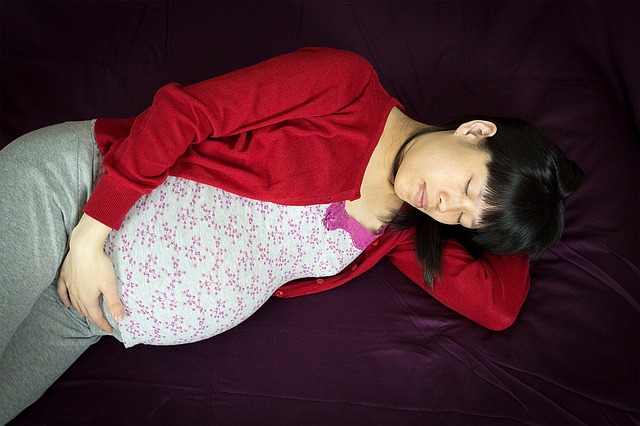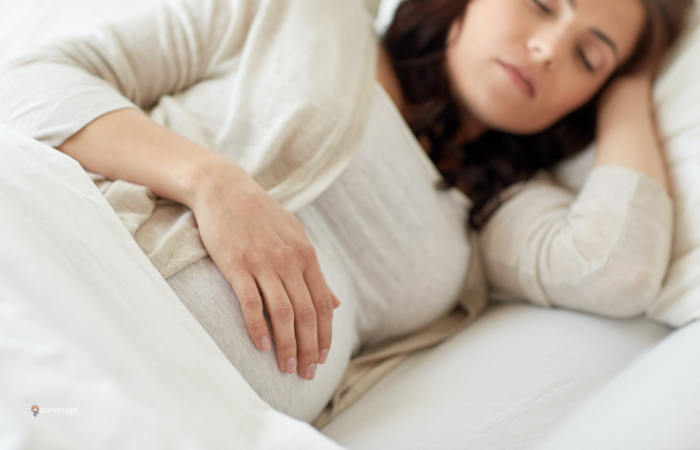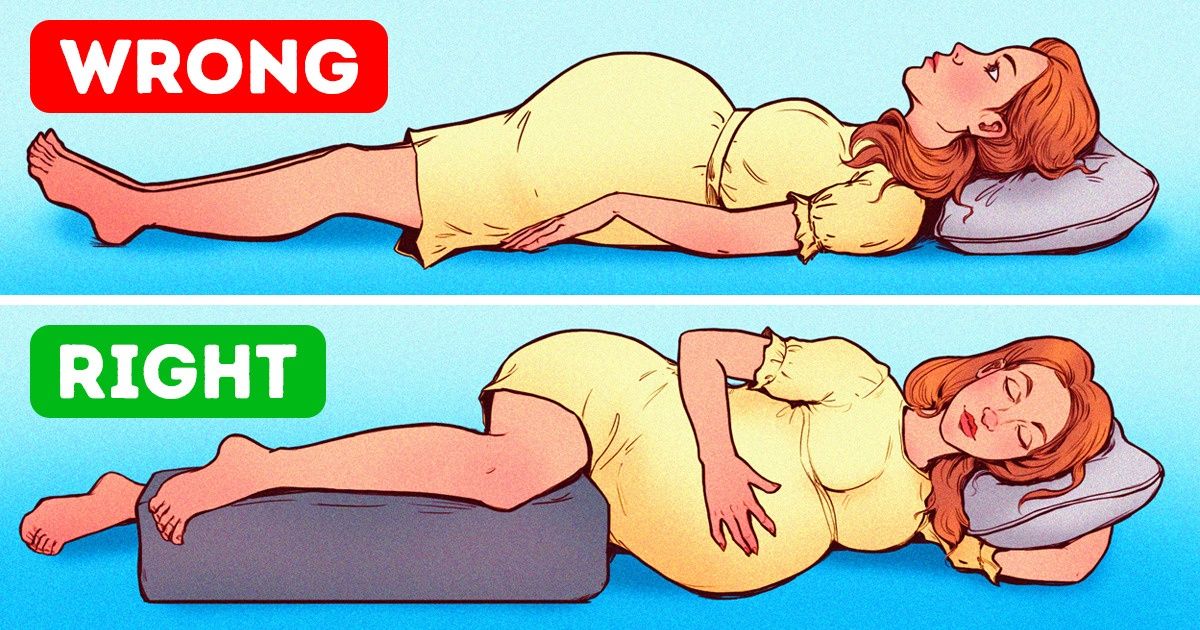Pregnancy is a time of immense joy and anticipation, but it also brings about significant physical changes and challenges. Among these challenges is the need to find a safe and comfortable sleeping position, as the growing belly and shifting center of gravity can make sleep elusive. The importance of sleep during pregnancy cannot be overstated, as it is crucial for both the mother’s health and the developing baby’s well-being. Understanding the safest sleeping positions during pregnancy can help expectant mothers achieve restful sleep and promote a healthy pregnancy.
The Challenges of Sleep During Pregnancy
As pregnancy progresses, many women find it increasingly difficult to get comfortable at night. Common issues include back pain, heartburn, and shortness of breath, all of which can disrupt sleep. Moreover, the hormonal changes that occur during pregnancy can contribute to frequent nighttime awakenings and general discomfort. Given these challenges, it is essential to find a sleeping position that alleviates discomfort and supports the health of both mother and baby.
The Best Sleeping Positions
Among the various sleeping positions, some are particularly beneficial and recommended during pregnancy. Here are the safest and most comfortable positions for expectant mothers:
1. Sleeping on the Left Side (SOS)

Sleeping on the left side, often referred to as the “SOS” position, is widely regarded as the safest and most beneficial sleeping position during pregnancy. This position has several advantages:
- Improved Blood Flow: Lying on the left side increases the amount of blood and nutrients that reach the placenta and the baby. This is because the position helps to optimize circulation and reduces pressure on the inferior vena cava, a large vein that carries deoxygenated blood from the lower body to the heart.
- Kidney Function: Sleeping on the left side also aids kidney function, helping the body to efficiently eliminate waste and fluids. This can reduce swelling in the legs and feet, which is common during pregnancy.
- Reduced Pressure on Organs: This position minimizes pressure on vital organs, such as the liver, ensuring better organ function and reducing discomfort.
2. Support with Pillows

Using pillows for support can enhance the comfort and safety of the left-side sleeping position. Placing a pillow between the knees can align the hips and reduce back pain. Additionally, a pillow under the abdomen can provide support for the growing belly, and a pillow behind the back can prevent rolling onto the back during the night.
3. Left Side with a Wedge Pillow

A wedge pillow can be used to prop up the upper body slightly while sleeping on the left side. This semi-upright position can be beneficial for those who experience heartburn or acid reflux, as it helps keep stomach acids down. It also promotes easier breathing, which can be helpful for women who experience shortness of breath during pregnancy.
4. Alternate Side Sleeping

While the left side is ideal, it is also acceptable to sleep on the right side occasionally to relieve pressure points and enhance comfort. Alternating sides can prevent soreness and allow for better overall circulation.
Positions to Avoid
Certain sleeping positions should be avoided during pregnancy due to potential risks to the mother and baby:
1. Sleeping on the Back

Sleeping on the back, especially in the later stages of pregnancy, can cause problems such as:
- Reduced Blood Flow: This position can compress the inferior vena cava, reducing blood flow to the heart and the baby, which may lead to dizziness, shortness of breath, and a decrease in blood pressure.
- Back Pain: The weight of the growing uterus can increase pressure on the spine and back muscles, leading to discomfort and pain.
- Digestive Issues: Lying flat on the back can worsen heartburn and indigestion, common complaints during pregnancy.
2. Sleeping on the Stomach

As the belly grows, sleeping on the stomach becomes impractical and uncomfortable. This position is not recommended, especially after the first trimester, due to the pressure it places on the uterus and the baby.
Tips for Better Sleep During Pregnancy
In addition to finding a safe sleeping position, several strategies can help improve sleep quality during pregnancy:
- Establish a Routine: Going to bed and waking up at the same time each day can help regulate sleep patterns.
- Create a Comfortable Sleep Environment: Ensure the bedroom is cool, dark, and quiet. Investing in a supportive mattress and pillows can also make a significant difference.
- Stay Hydrated: Drinking plenty of water is important, but try to limit fluids in the evening to reduce nighttime bathroom trips.
- Eat Light Meals: Avoid heavy or spicy foods before bedtime to prevent heartburn and indigestion.
- Practice Relaxation Techniques: Activities such as prenatal yoga, deep breathing exercises, and gentle stretching can help relax the body and mind before bed.
- Limit Caffeine and Screen Time: Reducing caffeine intake and avoiding screens (phones, computers, TVs) before bed can promote better sleep.
Conclusion
Finding a safe and comfortable sleeping position during pregnancy is essential for the health and well-being of both mother and baby. Sleeping on the left side, with appropriate support from pillows, is the most recommended position, as it optimizes blood flow, reduces pressure on vital organs, and enhances overall comfort. By adopting good sleep hygiene practices and creating a restful sleep environment, expectant mothers can achieve the quality rest they need during this special time.

